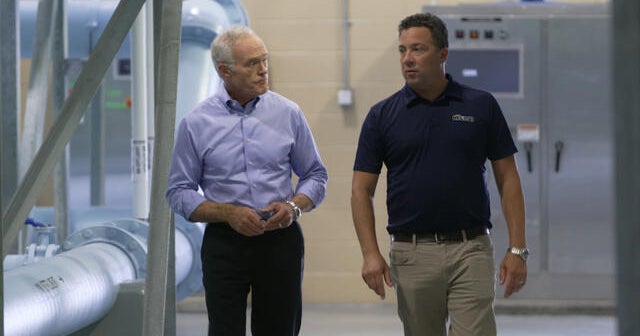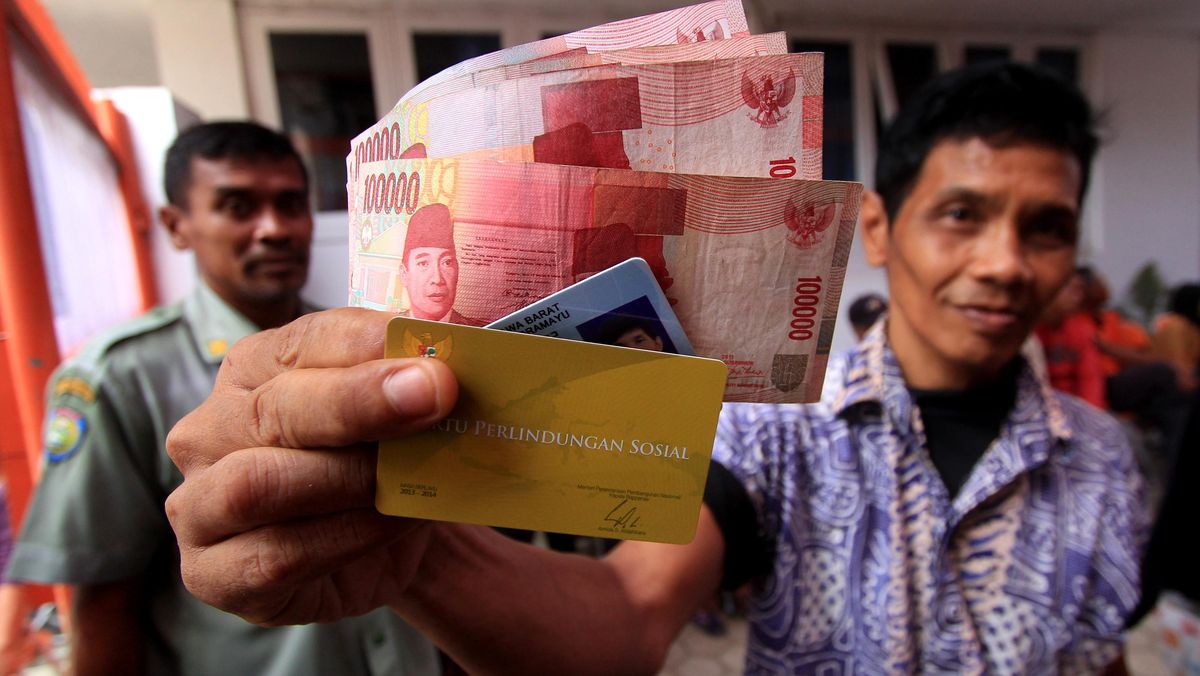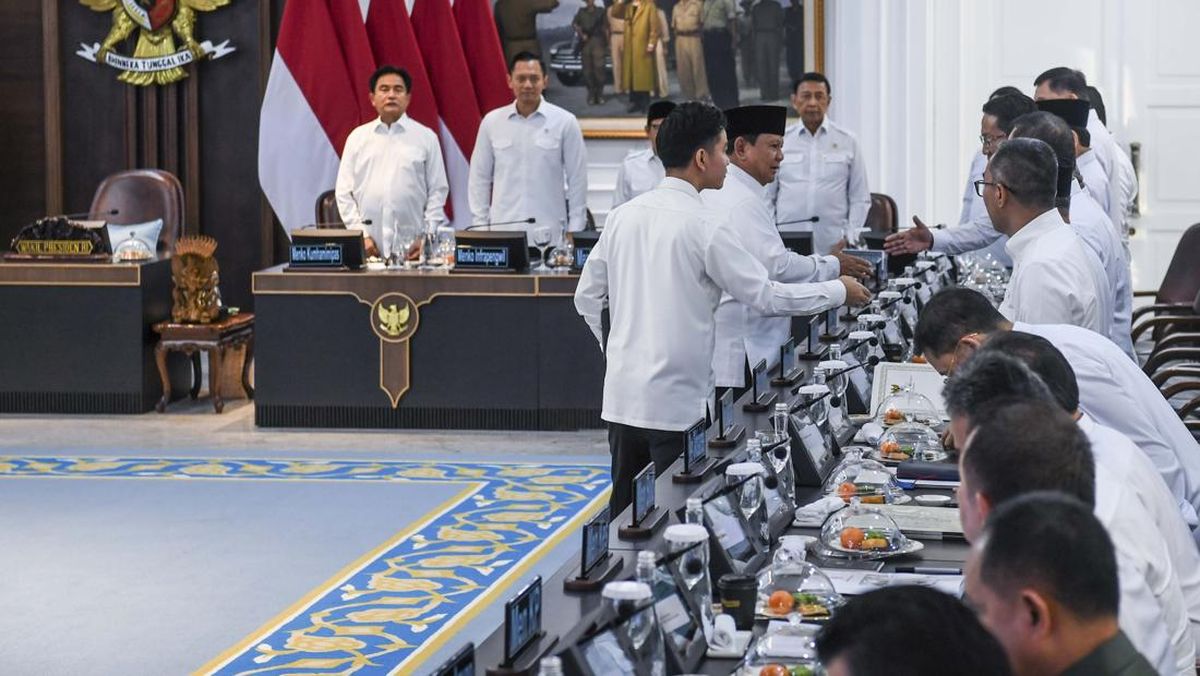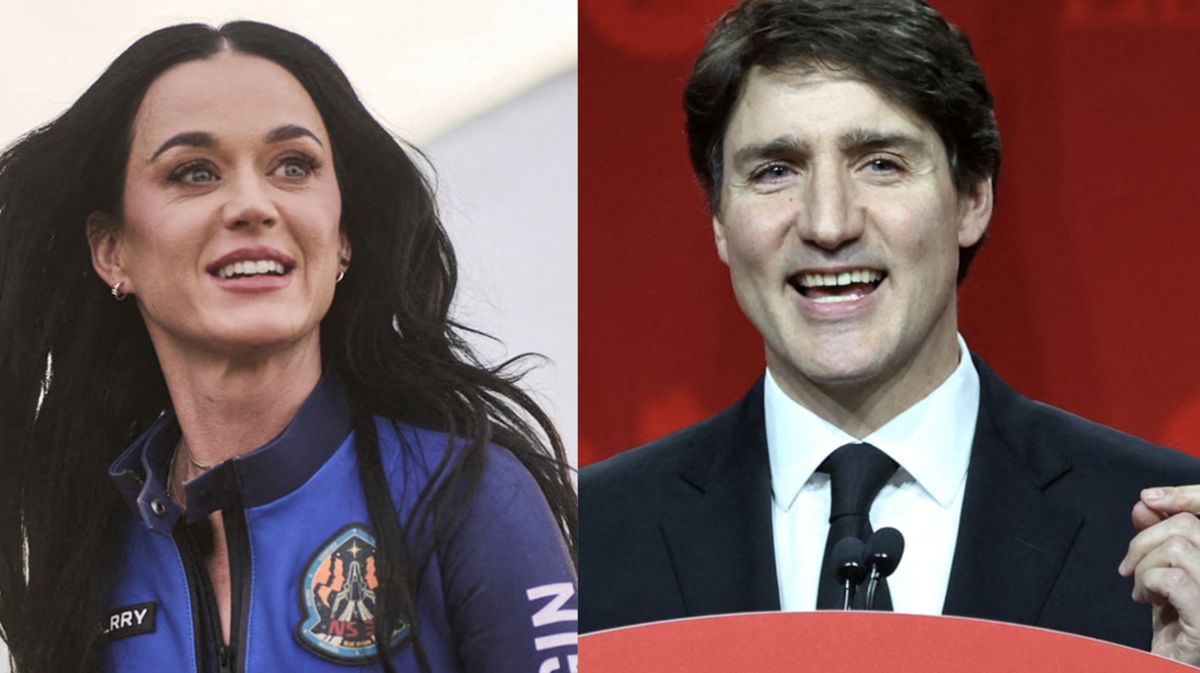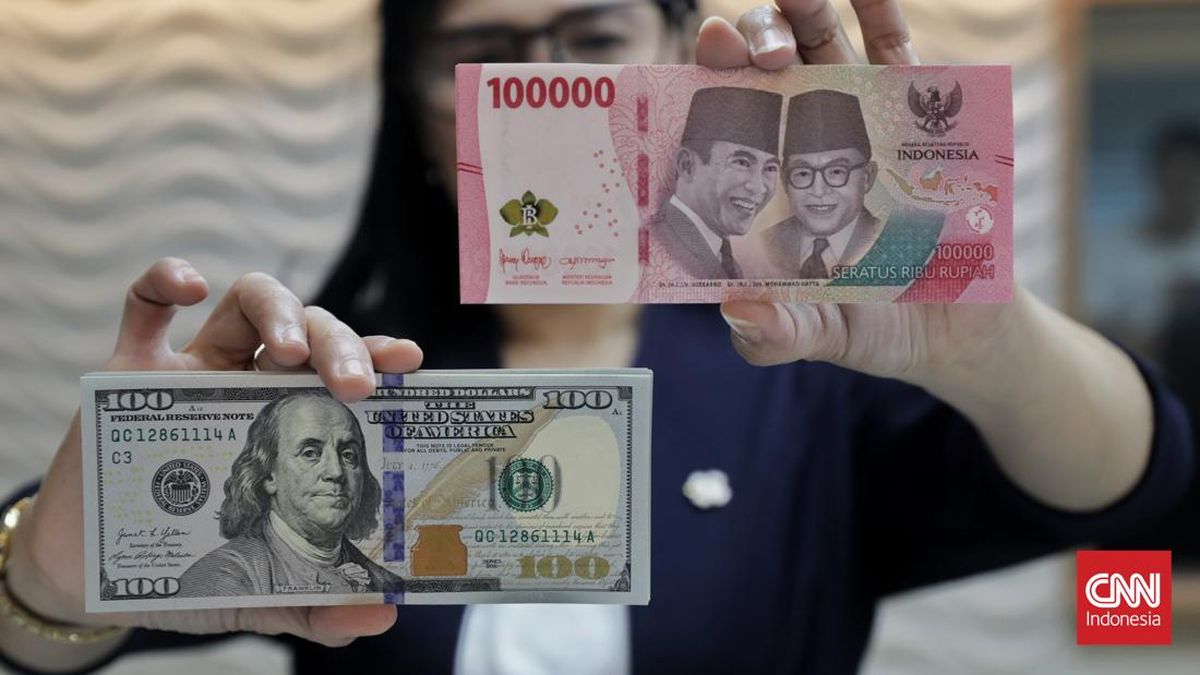Opinion
October 13, 2025 — 12.01pm
October 13, 2025 — 12.01pm
Why did China escalate trade hostilities with the US so abruptly last week?
China’s announcement of tighter global export controls on rare earths and products containing the merest traces of rare earths was provocative, and predictably triggered Donald Trump into threatening an additional 100 per cent tariff on all of China’s exports to the US, a prohibition of US exports to China of all critical software and a potential ban on exports of aircraft parts.
China also announced new fees for US ships docking in its ports and an antitrust investigation of the US chipmaker with the biggest exposure to China, Qualcomm.

Donald Trump says the US could impose export controls on Boeing plane parts amid growing trade tensions with China.Credit: AP
China’s stated explanation for the decision to reignite hostilities that had been dormant since the two countries agreed a trade truce in Geneva in May is that it was a response to America’s introduction of new measures targeting China, including additions to its blacklist of Chinese companies and even tighter restrictions on China’s access to cutting-edge semiconductors.
This week, America will also start charging Chinese ships that berth in US exports hefty port charges, so there are elements of “tit-for-tat” in China’s actions.
US Treasury’s Secretary Scott Bessent’s comments last week after the US mounted a bail-out of Argentina, buying its sovereign debt and putting in place a $US20 billion currency swap line to support the embattled peso, wouldn’t have helped.
Loading
Bessent said Argentina’s president and Trump’s friend and ideological fellow traveller, Javier Milei, was “committed to getting China out” of Argentina.
China has in place an $US18 billion ($28 billion) swap line of its own for Argentina, which the US wants Argentina to truncate, and has been buying billions of dollars of Argentinian soybeans. That has infuriated US farmers, who have yet to sell any of their product to China, previously their biggest customer, during this harvest season.
Perhaps of more significance than the detail of either side’s complaints of the other’s recent actions, however, is a looming meeting of Trump and China’s Xi Jinping in South Korea later this month.
That meeting, at the Asia Pacific Economic Cooperation summit, is planned for November 1.
It is instructive that Trump’s threatened tariff increase – on top of the existing effective rate of close to 40 per cent – wouldn’t occur until November 1, which is the scheduled finishing date for the summit. The core of Beijing’s barrage of new trade restrictions also wouldn’t be implemented until after the summit.
‘Don’t worry about China, it will all be fine! Highly respected President Xi just had a bad moment.’
Donald Trump on Truth SocialThat could suggest that China is seeking leverage for those discussions, deploying its most powerful trade weapon -- its stranglehold on the critical rare earths sector -- to demonstrate that Xi will be negotiating from a position of strength, rather than one of vulnerability.
It was China’s imposition of restrictions on rare earths and rare earth magnets to the US earlier this year that caused the Trump administration to walk back their 145 per cent tariff rate on imports from China in April (which China had responded to with a 125 per cent tariff of its own) at the Geneva negotiations.
Within days of those restrictions being imposed, US auto companies were shutting down plants.
Loading
Rare earths and magnets are vital to many industries, most notably defence manufacturers, aircraft manufacturers, chipmakers and auto companies.
With China supplying about 70 per cent of the world’s rare earths mining, about 90 per cent of their separation and processing, more than 90 per cent of magnet manufacturing and about 80 per cent of the world’s battery cell production, it has an extraordinary powerful hand to play in response to Trump’s tariffs.
Trump announced, on social media as usual, his response to China’s actions, after writing that “some very strange things are happening in China! They are becoming very hostile.”
Interestingly, though, his response was surprisingly temperate. Asked later what would happen if China unwound the new export controls, he said: “We’re going to have to see what happens. That’s why I made it November 1 (after the scheduled meeting).”
Trump, who said he would go to South Korea regardless of what China did, also posted another comment that lacked his usual aggression and, indeed, was placatory.
“Don’t worry about China, it will all be fine! Highly respected President Xi just had a bad moment. He doesn’t want Depression for his country, and neither do I. The USA wants to help China, not hurt it!!!.”
When Trump announced his “Liberation Day” tariffs on everyone in April, financial markets revolted and Trump was coerced into deferring their introduction. It took until August before they were in place.
Investors saw that as an example of the “TACO” trade (short for Trump Always Chickens Out).
On Friday, they revolted again, with the US sharemarket down 2.7 per cent (the tech-heavy Nasdaq market was down 3.6 per cent) and shares in tech leaders like Nvidia and AMD hammered. Nvidia was down 5 per cent and AMD 8 per cent.
Loading
Oil prices fell heavily, the US dollar weakened, US bond yields tumbled and the cryptocurrency market tumbled 11.6 per cent – initially wiping out nearly $US500 billion of value – before recovering some of those losses over the weekend. Bitcoin tumbled about 9.5 per cent before recovering nearly half its losses.
While Trump thinks China’s economy is vulnerable to US trade sanctions, as it is, China’s exports have held up surprisingly well despite a big slump in exports to America, which were down about 15 per cent in the first eight months of this year. Overall, its exports were up 5.9 per cent, as it exported more to South-East Asia, South America and to Europe.
Beijing also has the ability, which it has so far not exploited, to boost domestic economic activity.
Conversely, China knows that the Trump economy is faltering under the weight of the tariffs, with America’s inflation rate rising in tandem with higher unemployment.
The US government has been shut down, Trump has threatened (more) mass sackings of government employees and some of the administration’s most high-profile policies are increasingly unpopular.
Unlike Xi, Trump has to worry about politics, with next year’s midterm elections creating the prospect that the Democrats could seize control of the House.
Trump can threaten higher tariffs (and China can respond with higher tariffs of its own), or more bans on exports of things like semiconductors or aircraft parts, but Xi is insulated from their impacts on his economy.
Trump doesn’t (yet?) have the ability to ignore the repercussions of his policies for Americans or the US economy. The reactions of US financial markets are also far more significant for Trump than anything China’s markets might do for Xi.
Loading
That’s probably why US markets’ response this week could be important. If they bounce back, it will be because investors believe the TACO trade is alive. If they were to continue to slump, the pressure on Trump to revive that trade would mount.
In the lead-up to the first face-to-face meeting of Trump and Xi in six years, both sides were manoeuvring for leverage.
Trump was (misleadingly) boasting of the strength of the US economy, the power of his tariffs and America’s ability to harm China’s economy.
Xi didn’t boast, he’s just acted and in doing so, demonstrated that China has a trade weapon more powerful, with a far more precise ability to target America’s key industries and an ability to impact them almost immediately - while also signalling that China would prefer a new and equitable trade agreement rather than a further escalation of trade hostilities.
Xi is saying “back off,” honour the principles behind the Geneva agreement and do a fair deal.
Trump is signalling that’s a very real possibility, despite the posturing of both parties. He does love a deal - and always, so investors believe, chickens out.
The Business Briefing newsletter delivers major stories, exclusive coverage and expert opinion. Sign up to get it every weekday morning.
Most Viewed in Business
Loading









